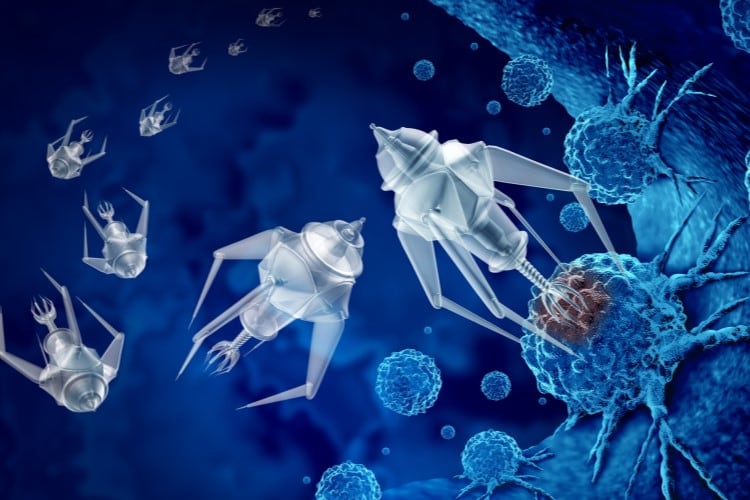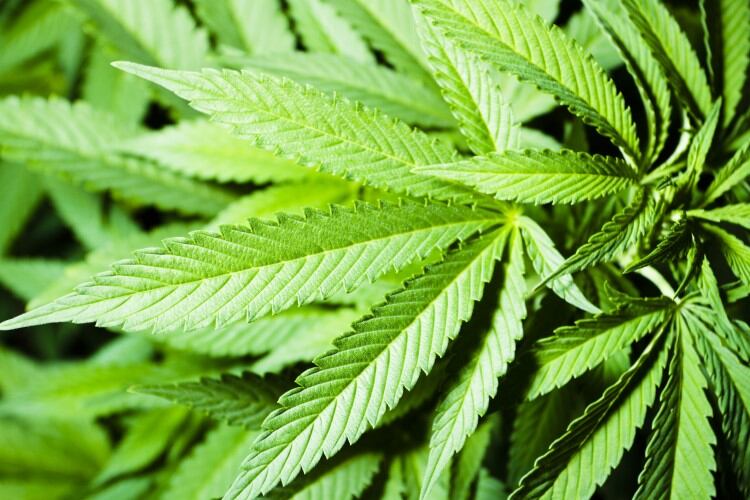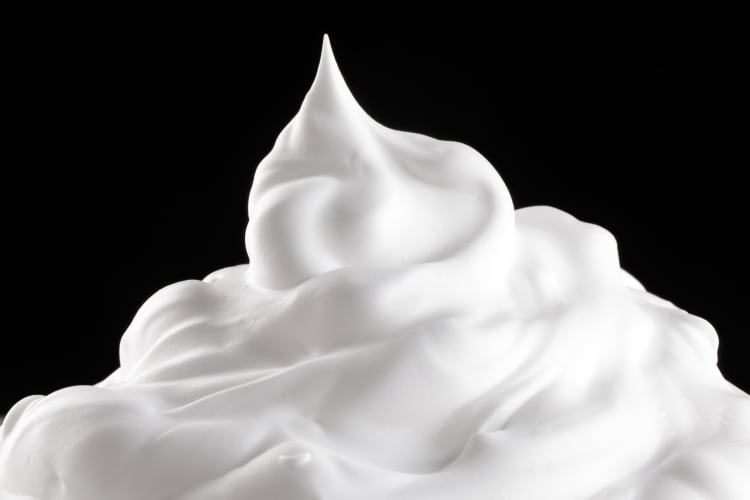From causing indigestion in humans to being the main culprit for bovine mastitis, Staphylococcus aureus (S. aureus) is behind major issues for dairy food manufacturers and consumers. This is because the bacteria produces staphylococcal enterotoxins, which cannot be easily eradicated through common hygiene procedures. Moreover, S. aureus can survive pasteurization and thermal processing, making its presence in dairy products particularly problematic.
Now, researchers claim to have discovered a way to bind, isolate and remove S. aureus from dairy – without adversely affecting milk microbiota. Their solution? Nanotechnology.
What is nanorobotics?
Nanotechnology is one of the fastest-growing fields in tech today. It is projected to grow at CAGR of 36.4% from 2021 to 2030 and reach a valuation of US$33.63bn by the end of this decade.
Nanorobots – or nanobots for short - are microscopic organisms that can be between 1 to 100 nanometers in scale. They can be powered by chemical fuels or energy sources such as light, ultrasound or magnetic fields, and perform a specific task, such as deliver medicine to a specific disease site via blood vessels, or to isolate a specific pathogen from liquids.
Extracting the bacteria
The latter option was what a cohort of scientists from the University of Chemistry and Technology Prague opted for in a bid to load, transport and isolate S. aureus. They designed magnetically-propelled nanobots called MagRobots, which were loaded with immunoglobulin-containing antibodies. Since S. aureus produces immunoglobulin-binding proteins, the researchers hoped this method would effectively identify the harmful bacteria as it would attach to the surface of the MagRobots for removal from the liquid.
During the experiment, the scientists observed just that - the S. aureus bacteria was isolated in chains that did not disintegrate even after the researchers switched off the magnetic field that helped move the nanorobots. The bacteria was then removed using a permanent magnet.
To prove that the nanobots did not attract other types of naturally-occurring bacteria, the researchers released the MagRobots in a mixture containing E. coli - bacteria that does not produce immunoglobulin-binding protein - along with S. aureus; only the latter attached to the nanobots’ surface. This selectivity was also tested using Lactobacillus rhamnosus (L. rhamnosus) and Enterobacter cloacae (E. cloacae), with ‘no significant differences in the number of viable bacteria before and after treatment’ with the nanotechnology.
“Clearly, it can be seen that the number of E. coli colonies is similar in the untreated… and treated bacterial suspensions,” the paper reads. “However, the number of S. aureus colonies decreased significantly upon treatment with the MagRobots…and the robots’ subsequent retrieval using a permanent magnet. The same results were observed by quantification of the relative number of bacteria of E. coli and S. aureus before and after they were treated with MagRobots.”
To test how efficient their technology was in removing S. aureus from milk samples, the scientists spiked pasteurized milk samples with the bacteria to discover that around 83% of S. aureus present in the milk had been isolated.
“[T]hese results indicate that our system can successfully remove S. aureus remaining after the milk has been pasteurized,” the researchers concluded in the study. “Moreover, this fuel-free removal system based on magnetic robots is specific to S. aureus bacteria and does not affect the natural milk microbiota or add toxic compounds resulting from fuel catalysis. To the best of our knowledge, no similar results have been published before using microrobot technology.”
Scalability
According to the study, the method can be scaled up for use in the food industry, and adapted to remove other bacteria that produces immunoglobulin-binding proteins.
In addition, the nanobots in the experiment were loaded with two antibodies - anti-rabbit IgG produced in goat and IgG from rabbit serum – that are said to be more affordable than commercially-available anti-S. aureus antibodies.
The cost of the motors used to propel the robots can be 'very low' too, since the MagRobots are based on iron oxides and polymers. "Also, it should be noted that these MagRobots can enter hard-to-reach places within a milk production plant and operate wirelessly. Finally, these motors can remove bacteria and also specifically isolate S. aureus for their subsequent determination and quantification," the study concludes.
Source:
Swarming Magnetic Microrobots for Pathogen Isolation from Milk
Carmen C. Mayorga-Martinez,Marketa Castoralova,Jaroslav Zelenka,Tomas Ruml,Martin Pumera
Published December 7, 2022



